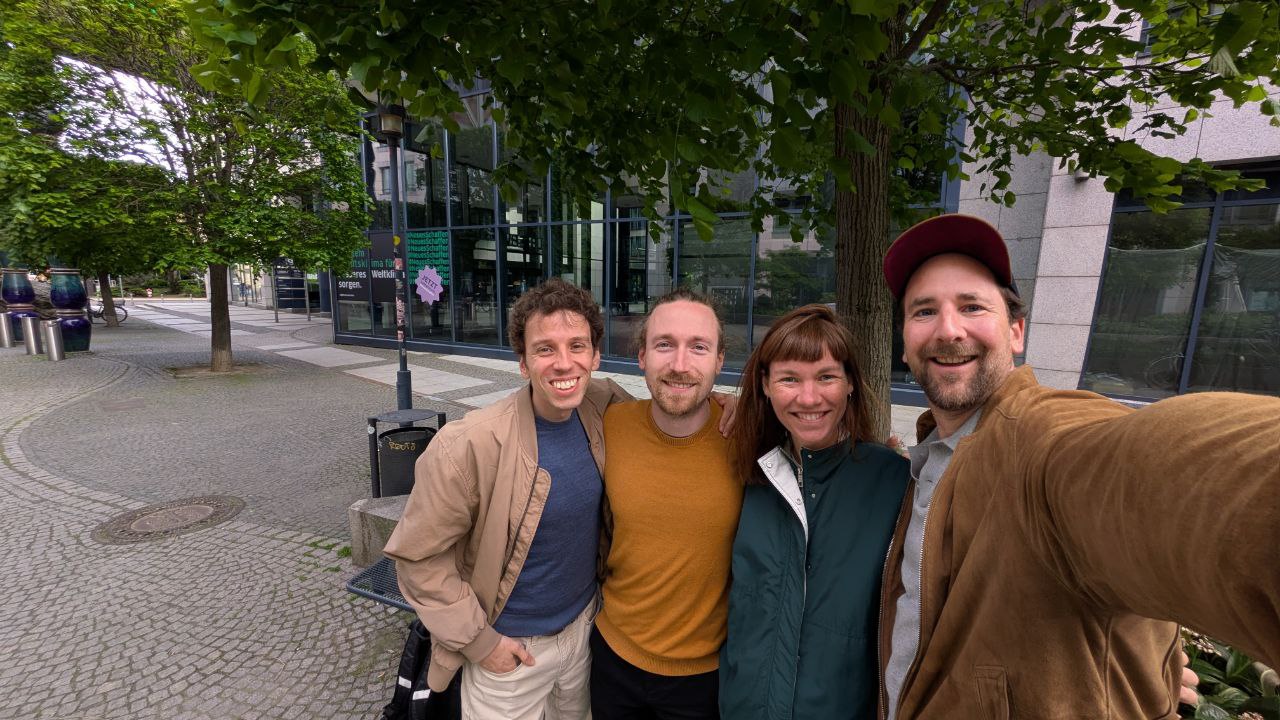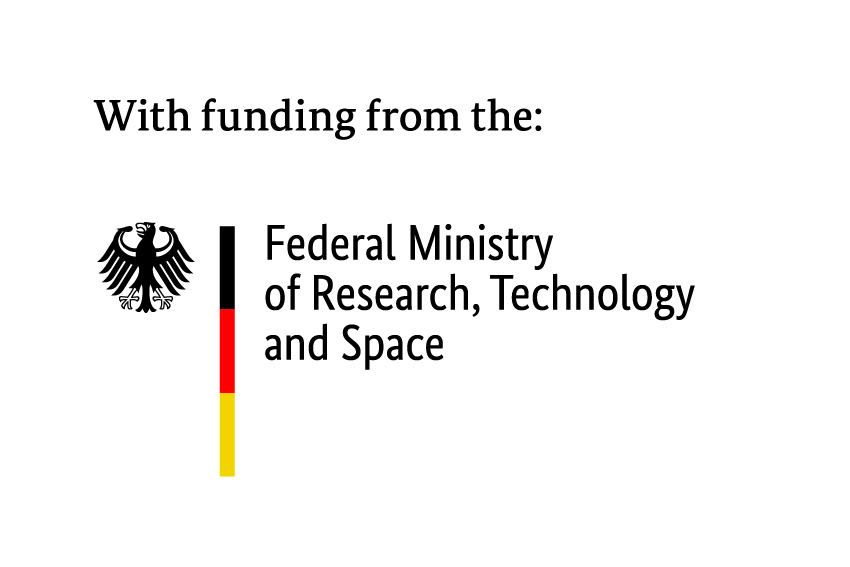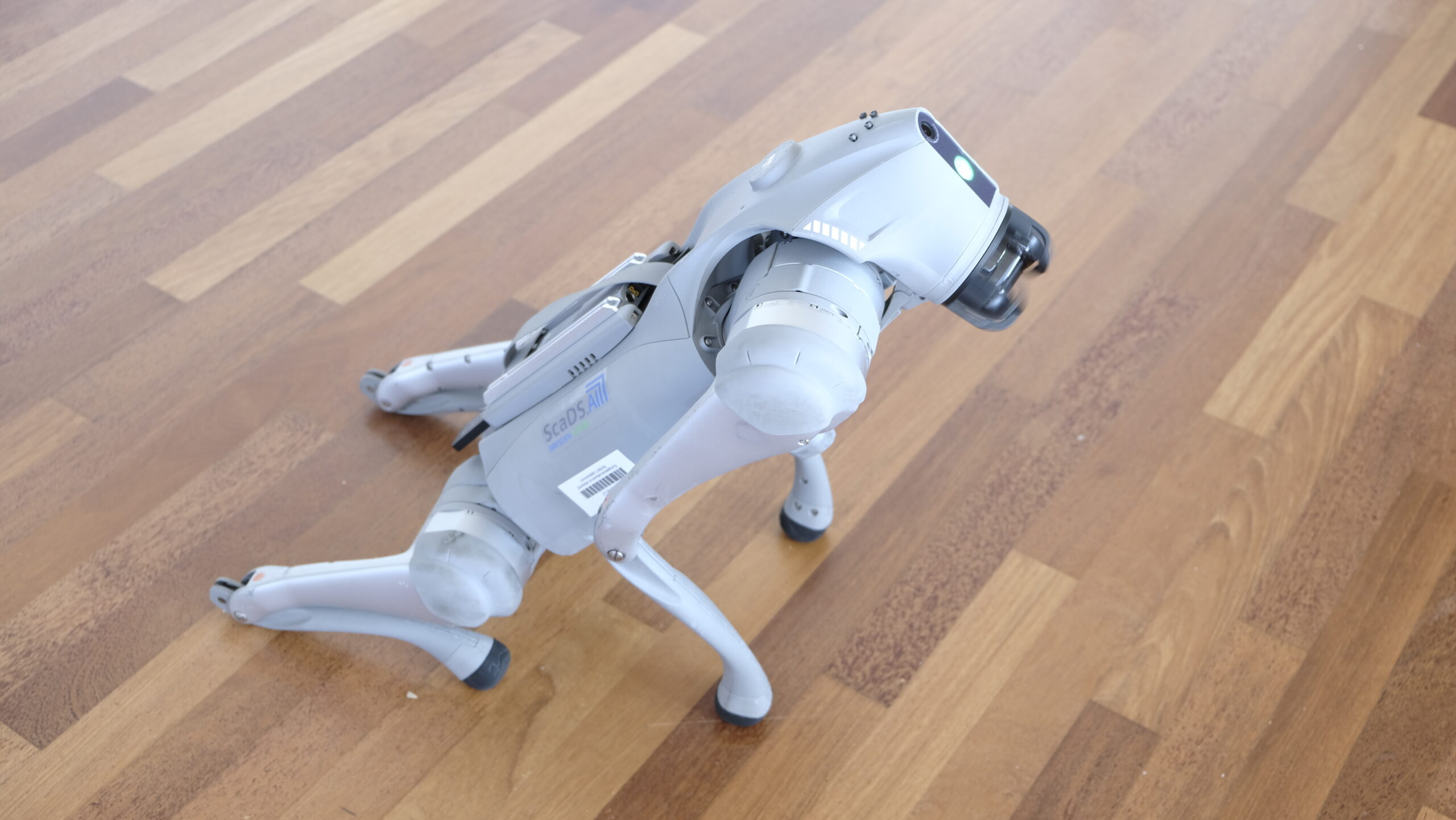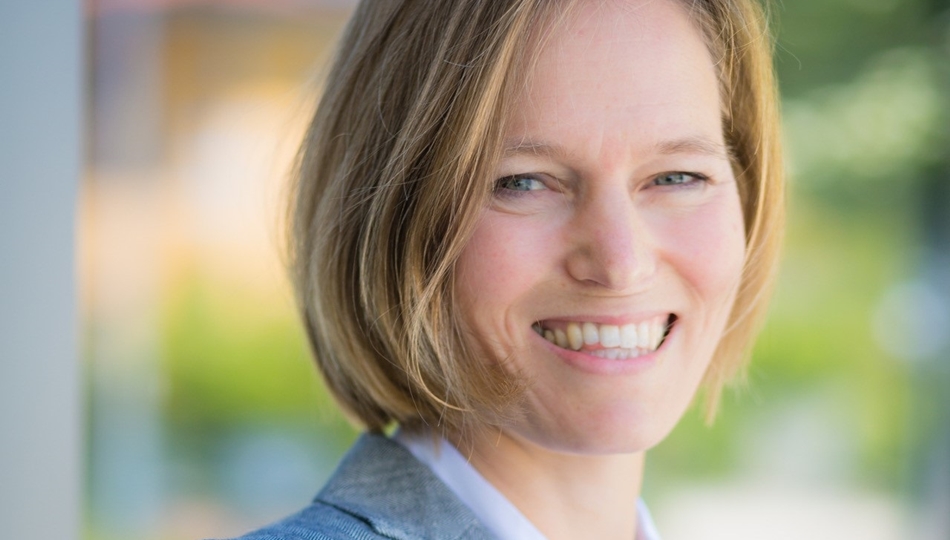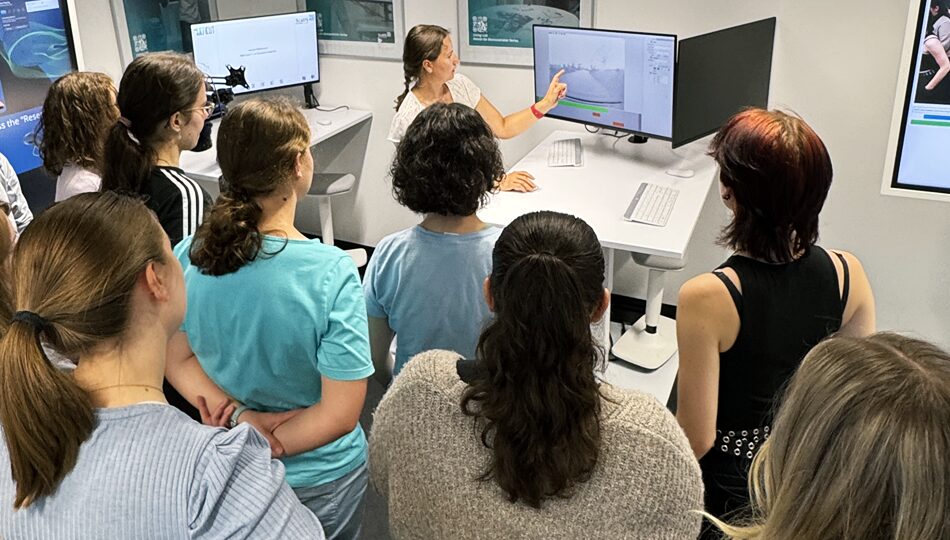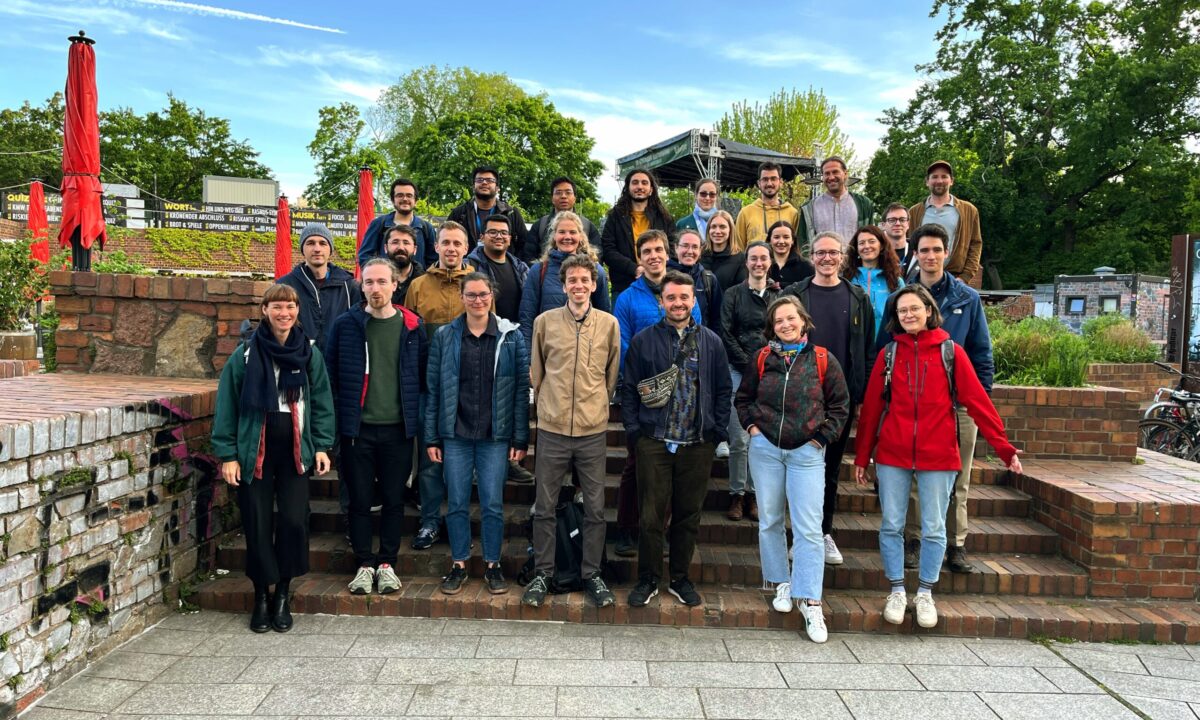
May 8, 2025
Training School “AI4Seismology” – Where AI Meets the Earth’s Rhythms

From May 5–8, 2025, ScaDS.AI Dresden/Leipzig hosted the Training School “AI4Seismology” in collaboration with Geo-Inquire, GFZ Helmholtz Centre for Geosciences, CIDS – Center for Interdisciplinary Digital Sciences, and InfAI – Institute for Applied Informatics. Over four days, seismology and artificial intelligence came together in an inspiring mix of theory and practice, pushing the boundaries of interdisciplinary research. As a result, graduate students, postdocs, and professionals from around the world joined in, showing that when data science and machine learning approaches are tailored to real-world seismic data, exciting new discoveries can be made.
Monday: Foundations
Initially, the training school commenced with a solid dive into the essentials. Participants refreshed the core principles of seismology and instrumentation, getting a clear picture of how we detect and understand the Earth’s movements. Consequently, an introduction to the broad landscape of machine learning was presented, covering the basics of supervised, unsupervised, and deep learning.
By the end of the first day, the Icebreaker had already sparked lively conversations and new connections, setting a collaborative tone for the rest of the week.
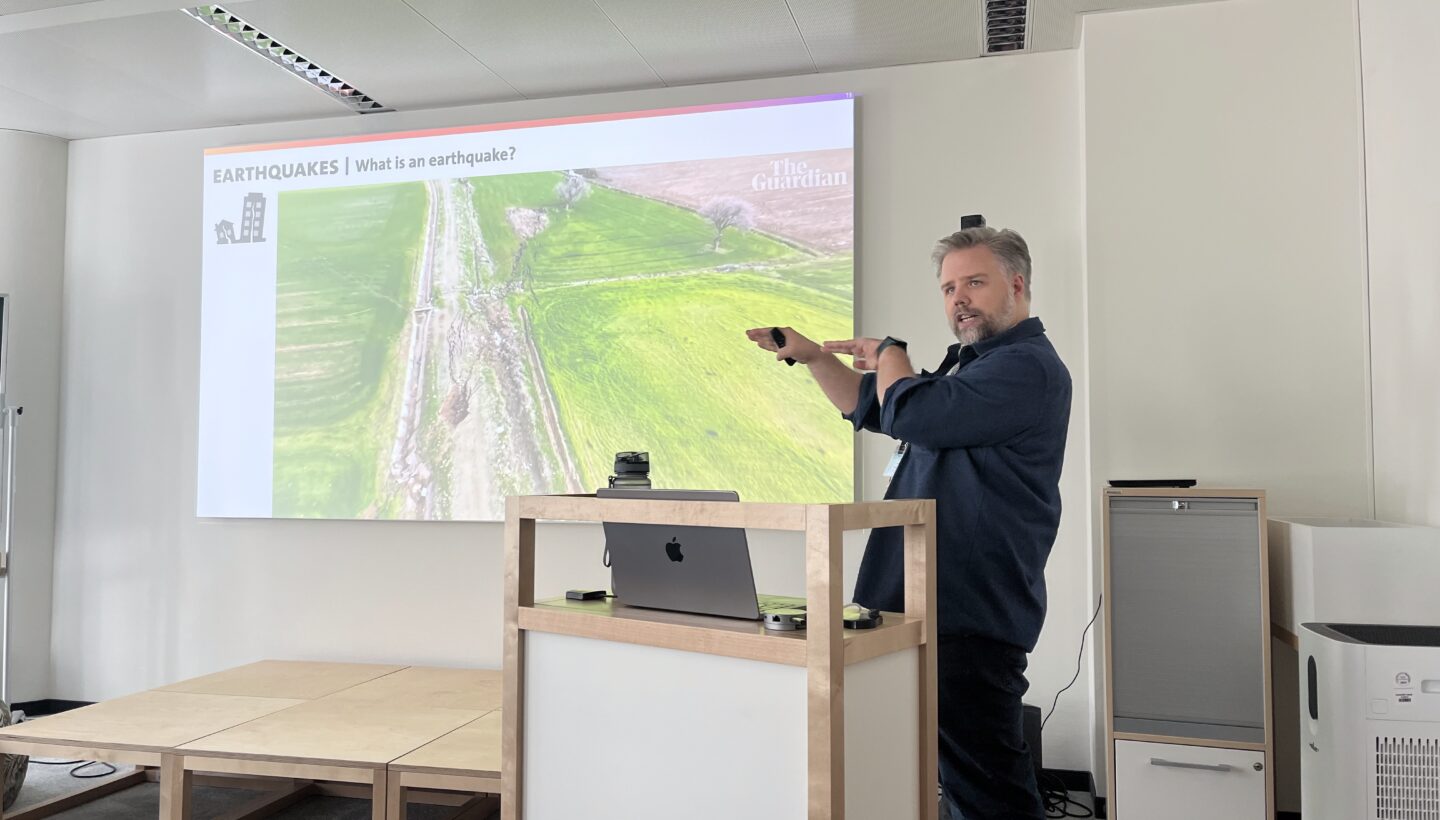
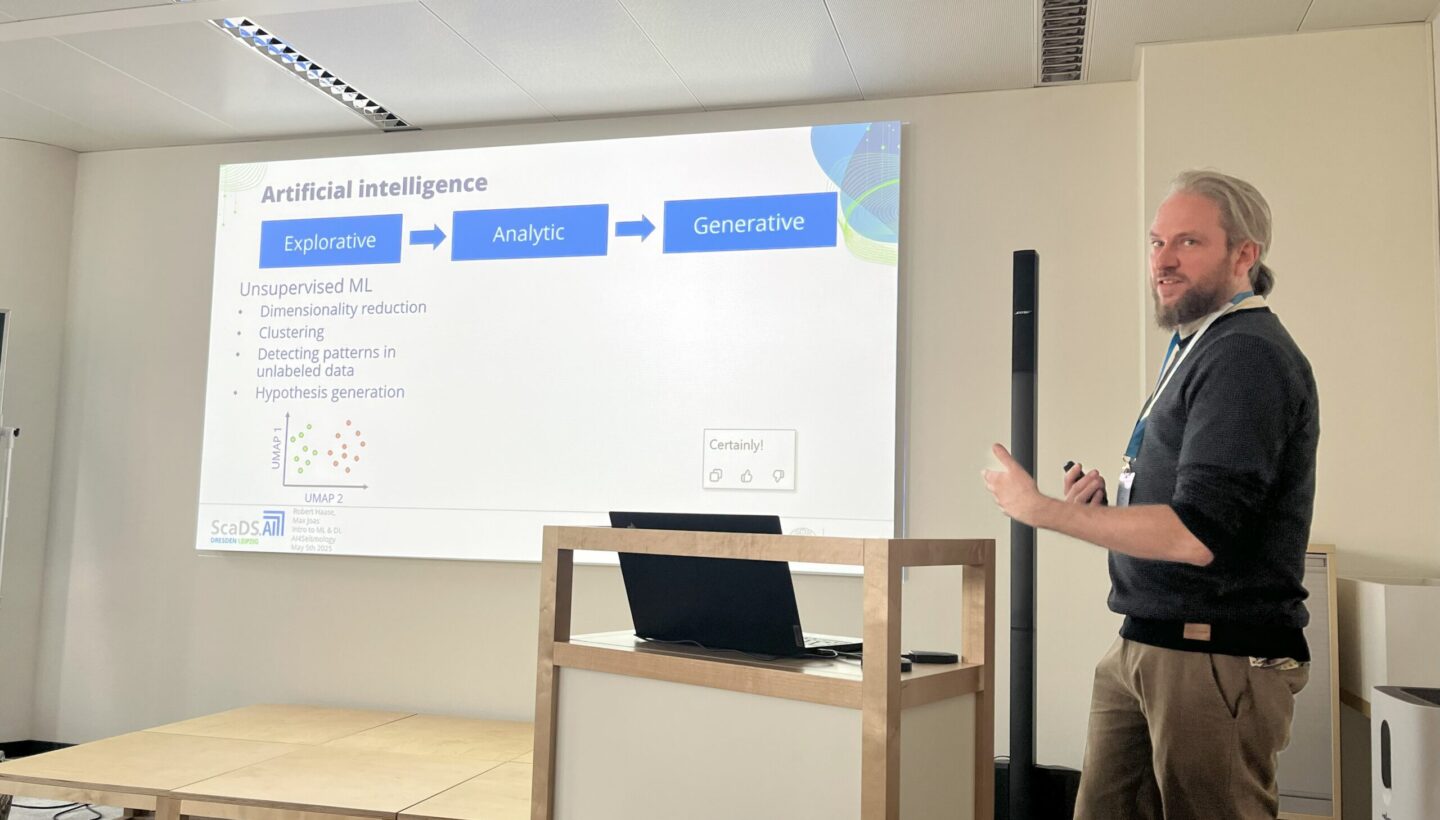

Tuesday: Diving into AI Techniques
Soon the day started with an in-depth exploration of AI models for time series data, spotlighting transformer architectures that are changing the game in how we handle sequential information (Matthias Täschner, ScaDS.AI Leipzig).
In the tutorials that followed, participants explored the theory behind cutting-edge methods while applying them through hands-on examples. Sessions on Physics-Informed Neural Networks – PINNs (Prof. Dr. Tarje Nissen-Meyer, Exeter University, UK), Graph Neural Networks – GNNs (Dr. Martijn van den Ende, Université Côte d’Azur, France), Bayesian Inversion (Prof. Dr. Andrew Curtis, University of Edinburgh, UK) and Unsupervised Learning (Dr. René Steinmann, GFZ Potsdam) introduced powerful ways to blend physical laws with data-driven models.
Overall, the day wrapped up with a vibrant poster session over drinks and snacks, creating a relaxed space for researchers to connect, share ideas, and spark new collaborations.
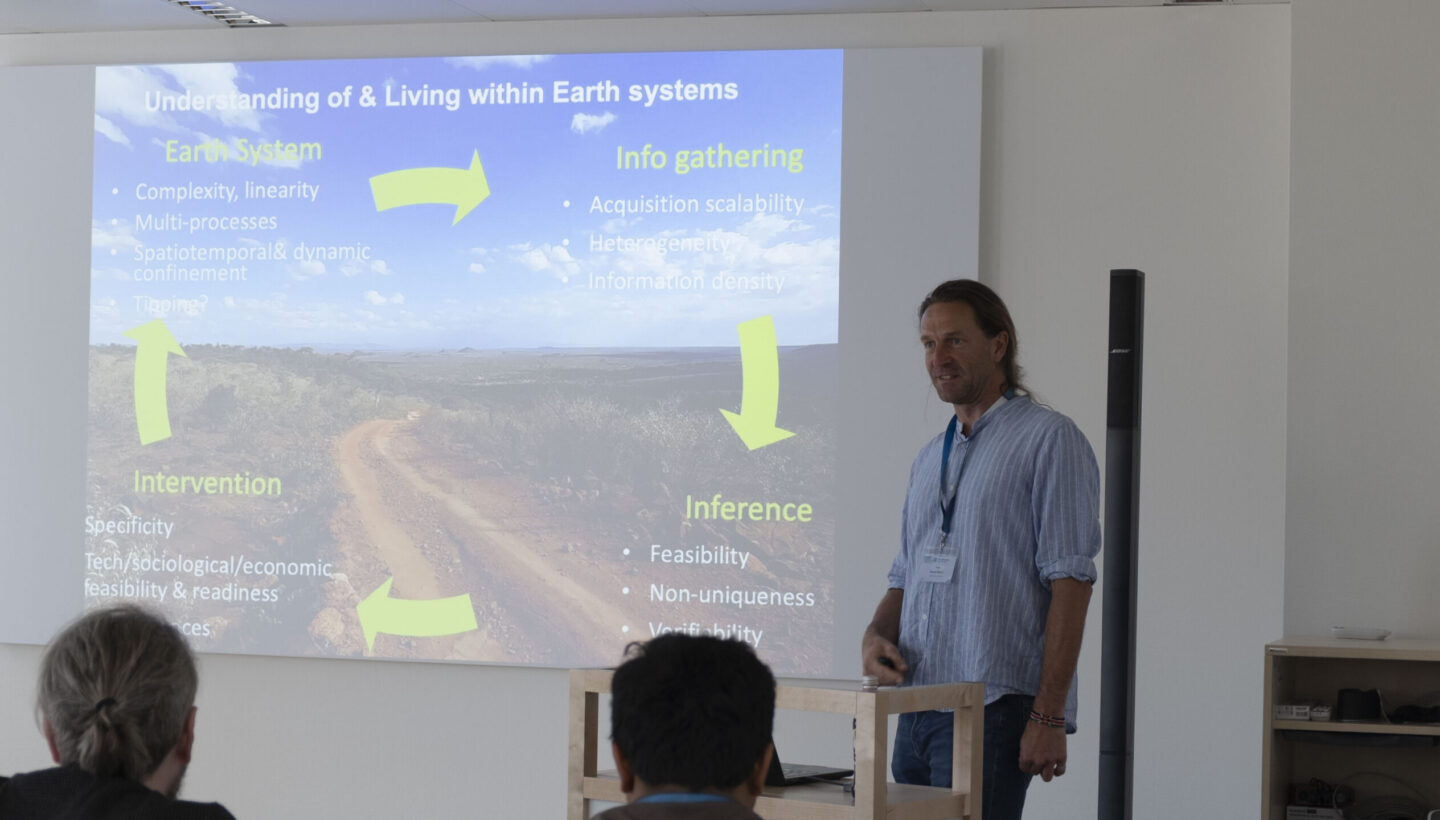
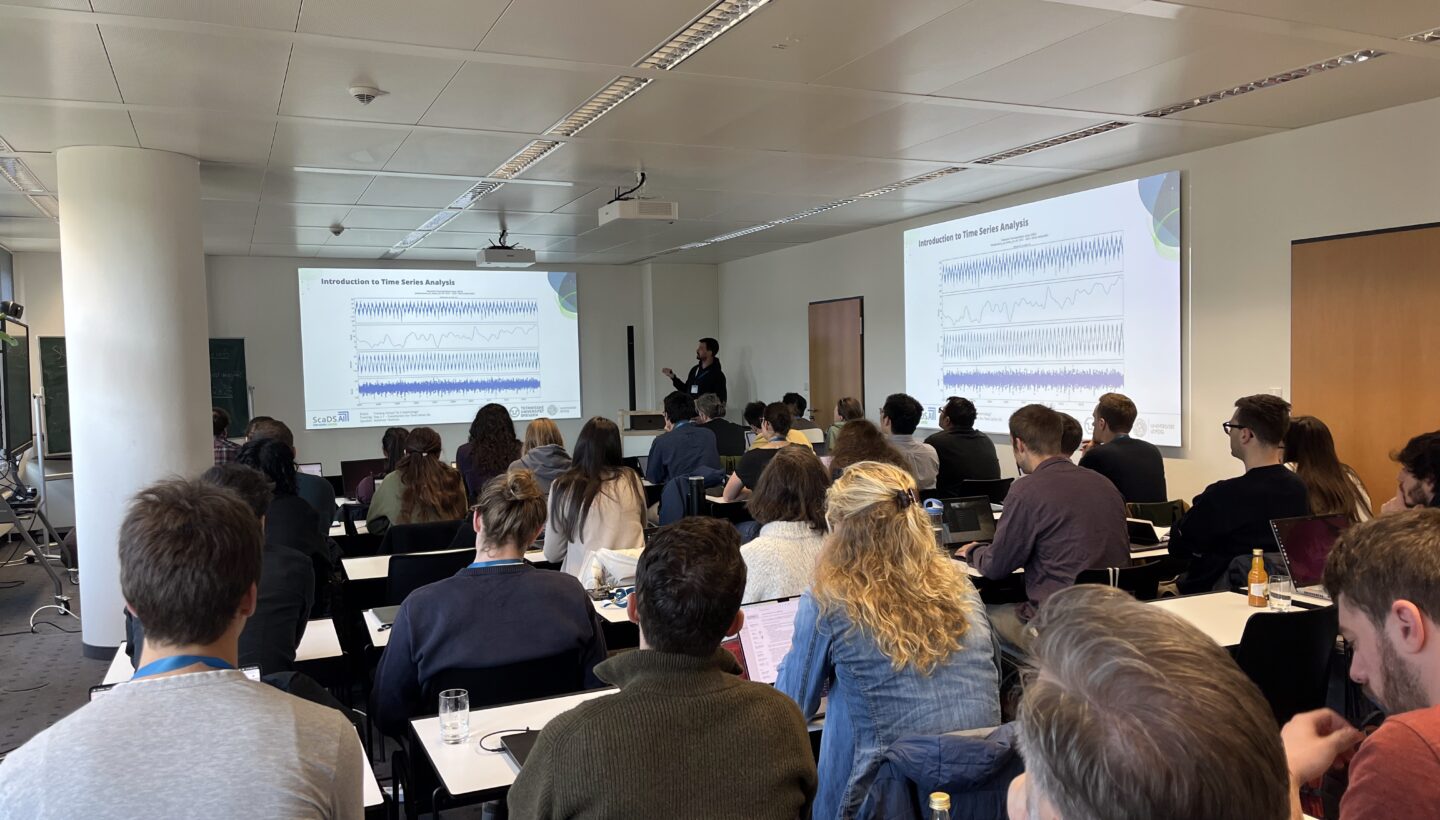
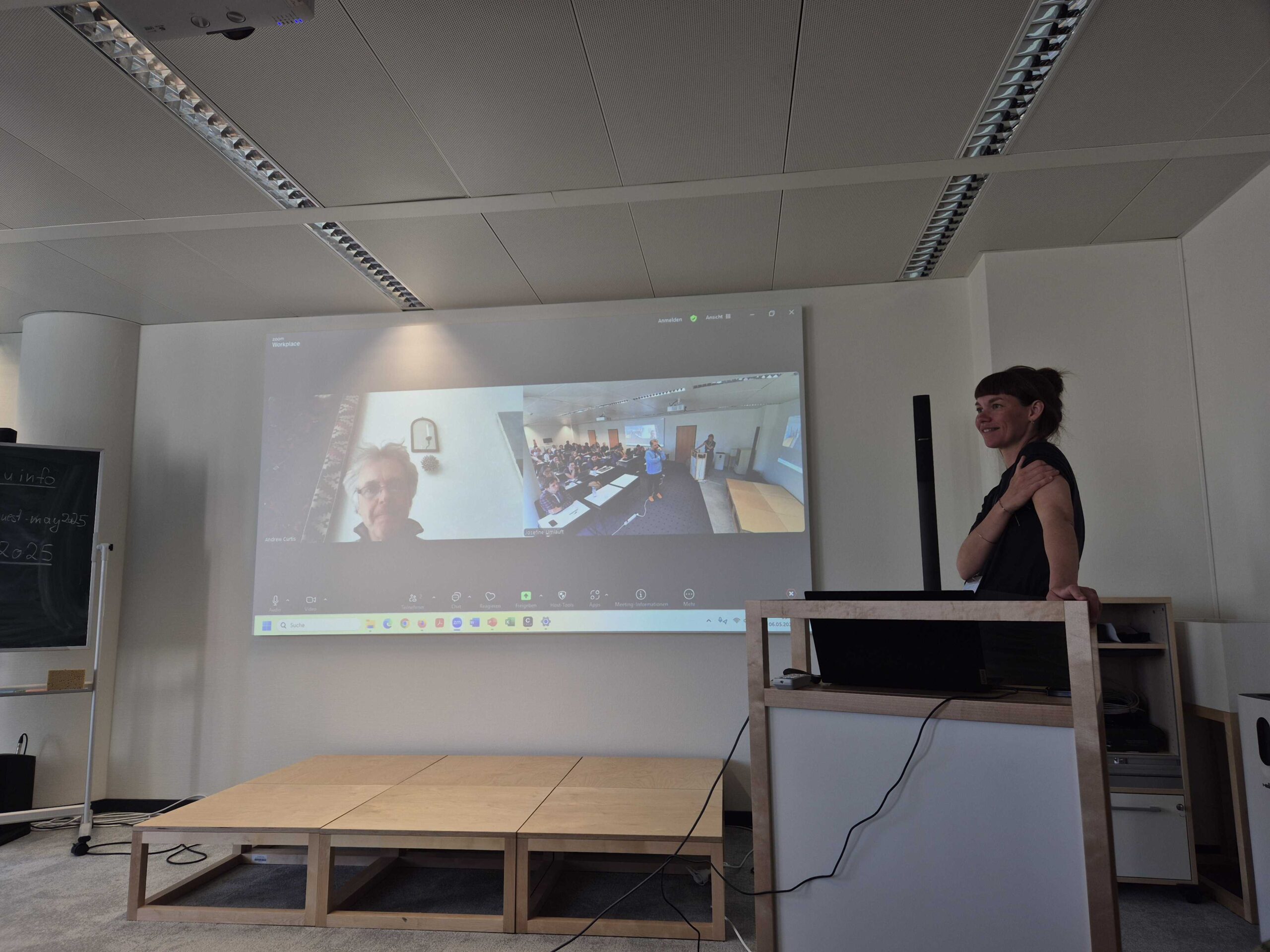
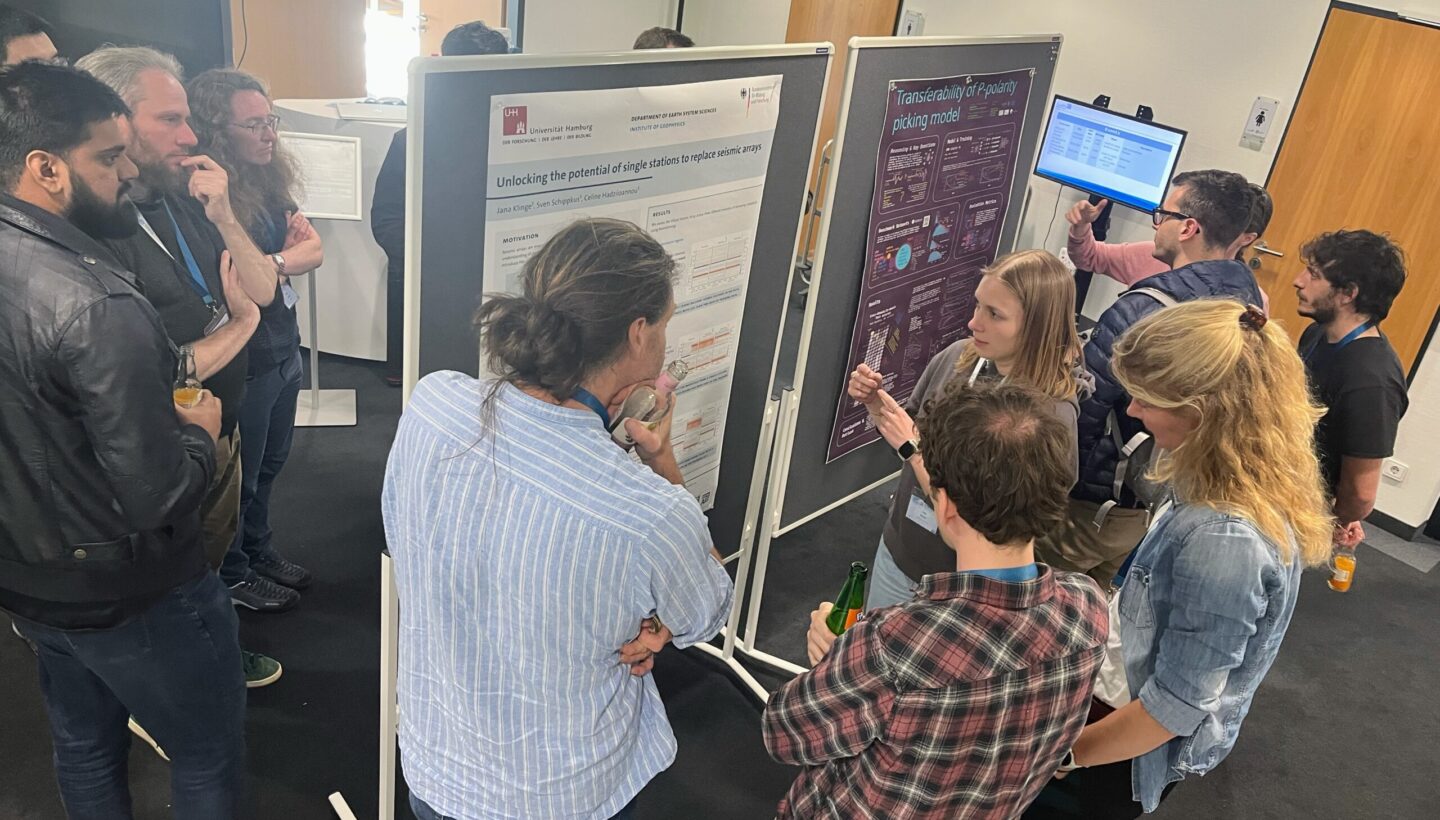
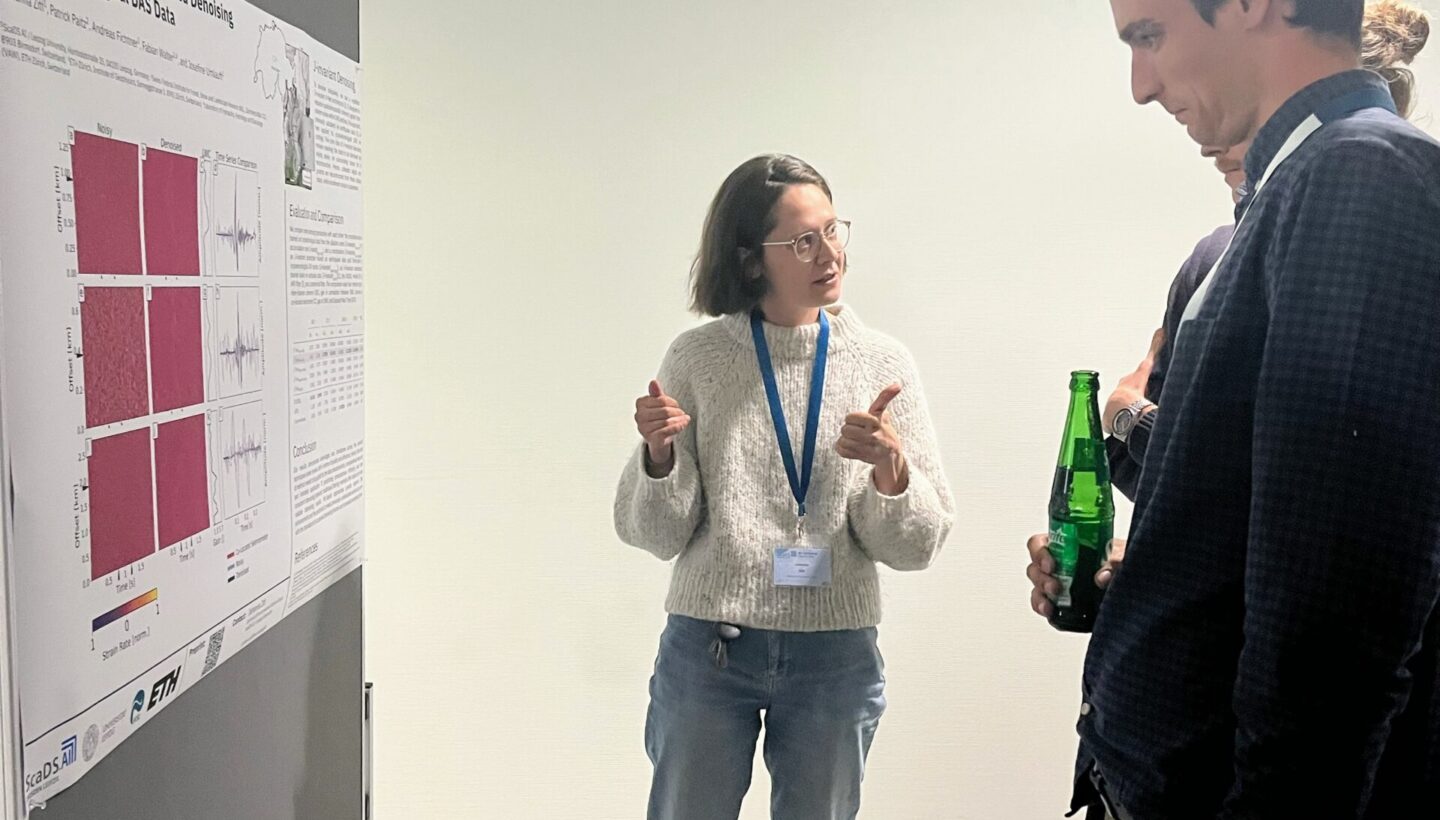
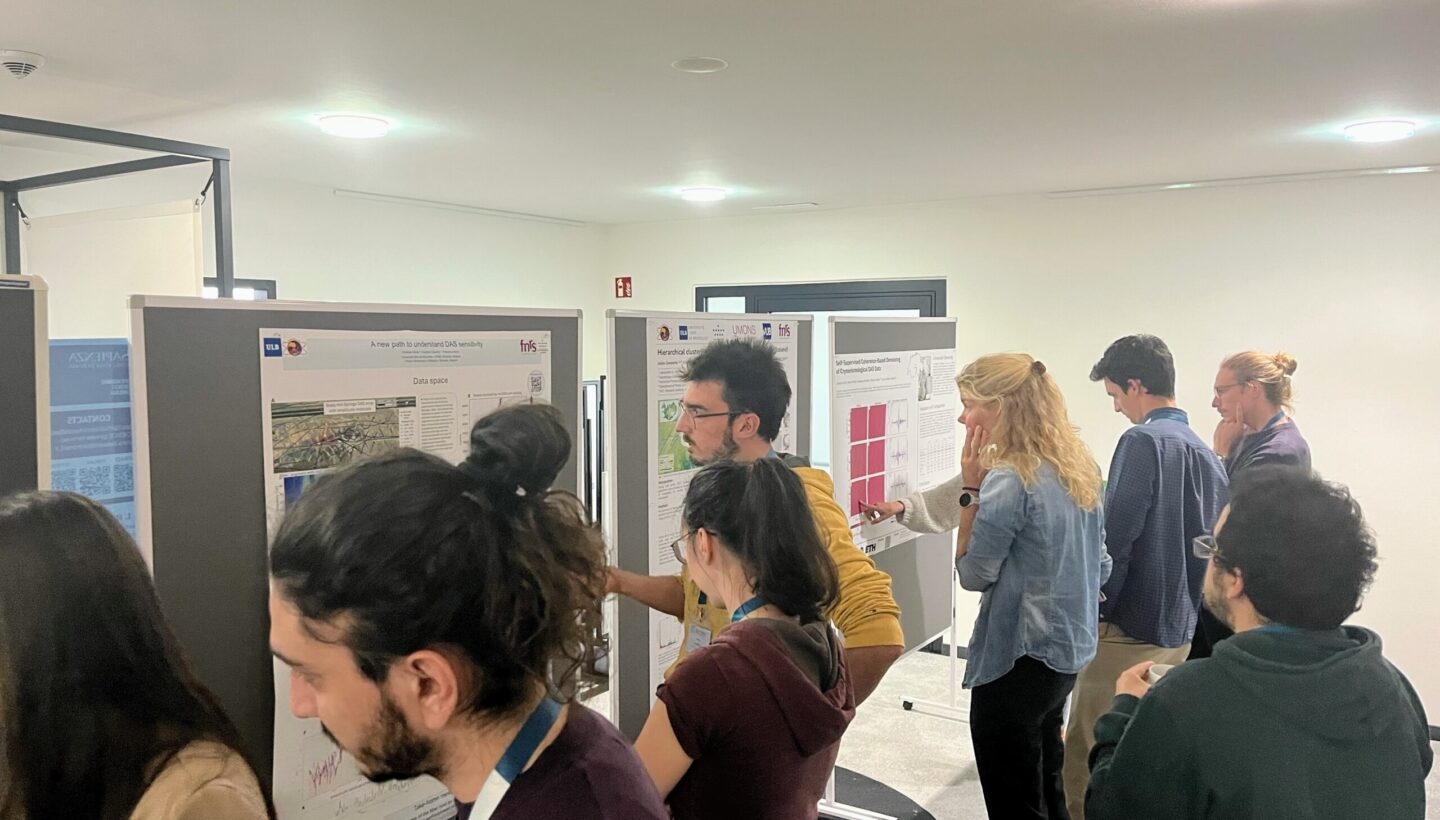
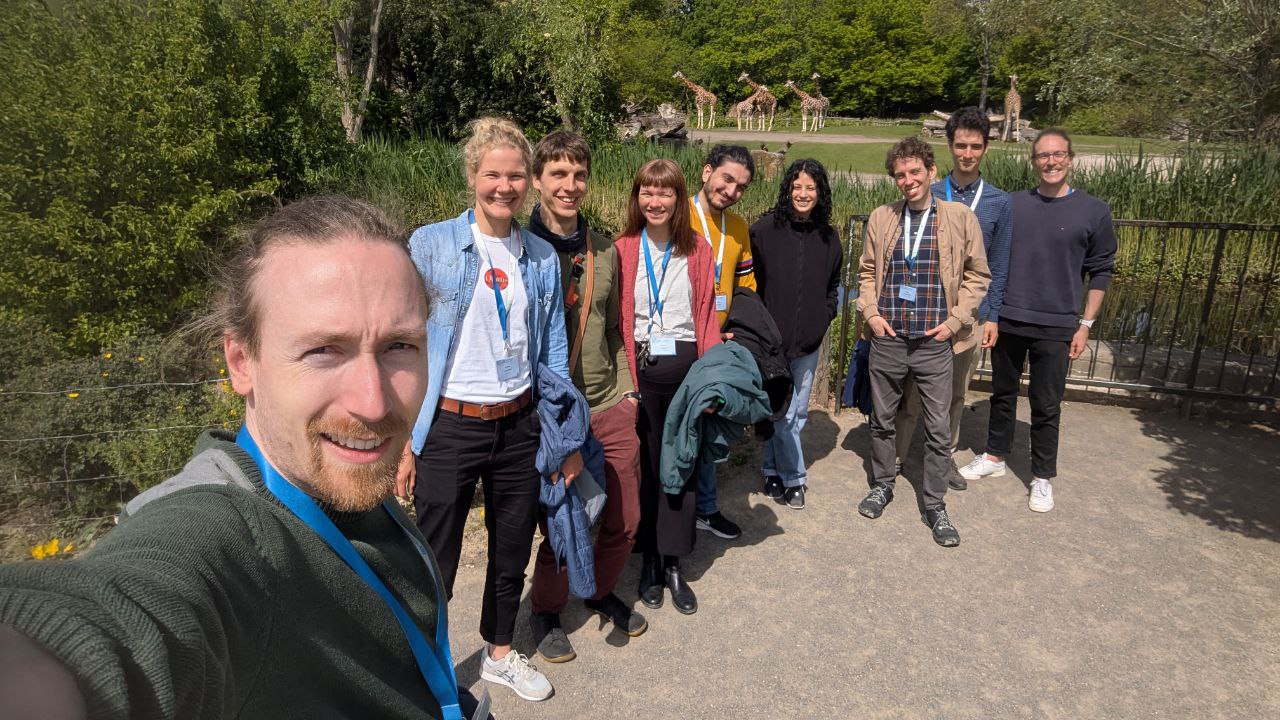
Wednesday: From Theory to Seismic Application
Nevertheless, midweek marked a shift from theory to real-world use cases, as the spotlight turned to how AI is being applied in earthquake and environmental seismology. Prof. Dr. Marine Denolle (Washington University, Seattle, USA) presented advanced tools for phase picking and first-motion polarity analysis, showing how automated techniques can improve the accuracy and speed of seismic event detection.
Later, the sessions on denoising methods (Dr. Han Xiao, GFZ Potsdam) or UMAP applications (Dr. Maria Tsekhmistrenko, University College London, UK), demonstrated how smart algorithms can differentiate „signals“ from „noise“, depending on the research question. An introduction to neural operators (Prof. Dr. Jonathan Bedford, Ruhr Universität Bochum) demonstrated how computation can be accelerated, while other talks explored how AI can help understand environmental signals, such as mass movements (Prof. Dr. Marine Denolle, Washington University, USA) or vibrations caused by wildlife (Dr. René Steinmann, GFZ Potsdam) and trees (Dr. Josefine Umlauft, ScaDS.AI Leipzig).
Consequently, participants shaped their own “Bring your own data” session, where they applied state of the art ML techniques to solve specific research questions. Afterwards, the evening concluded with a networking event at Moritzbastei – an ideal setting for building connections and new collaborations.
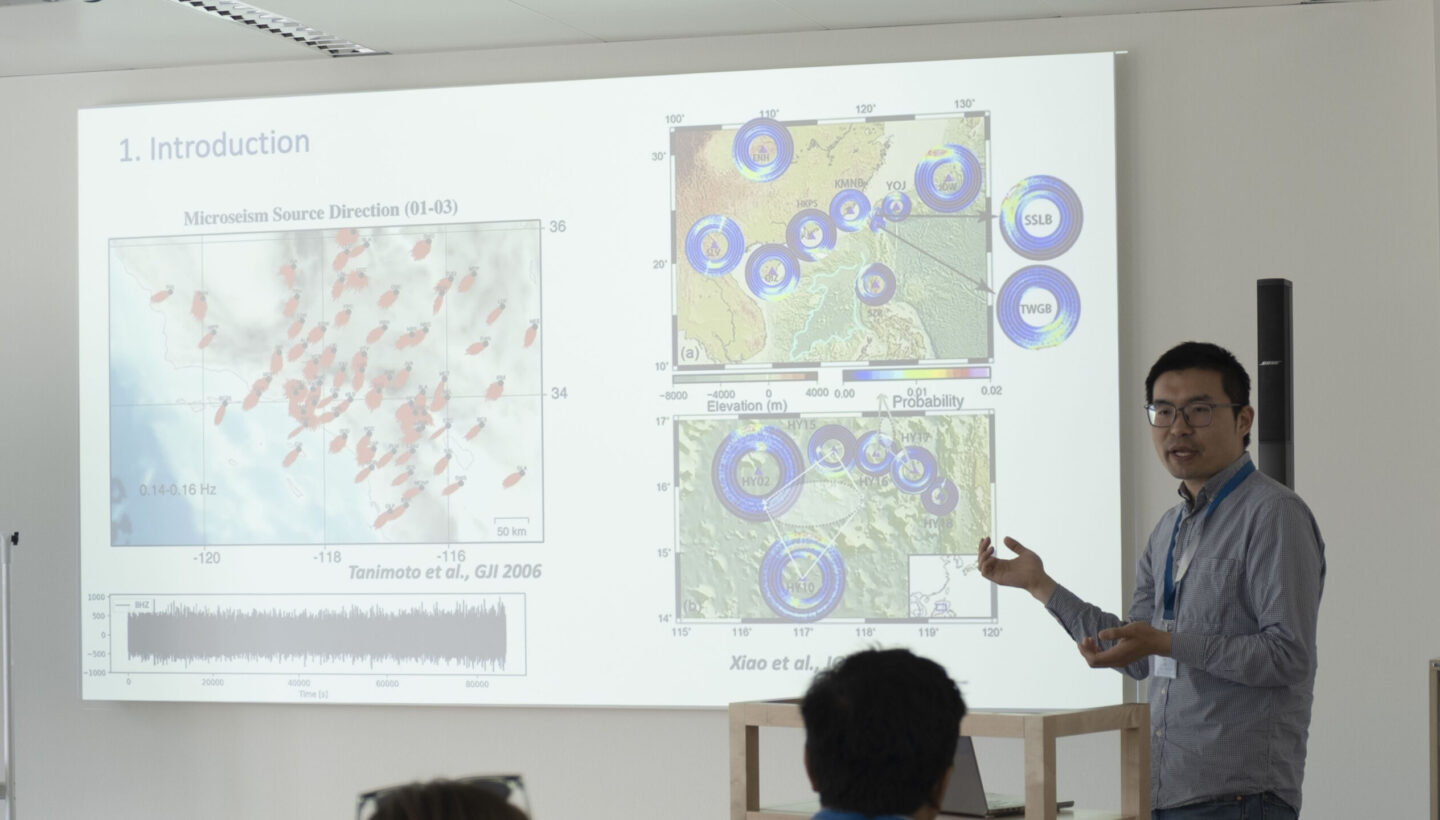
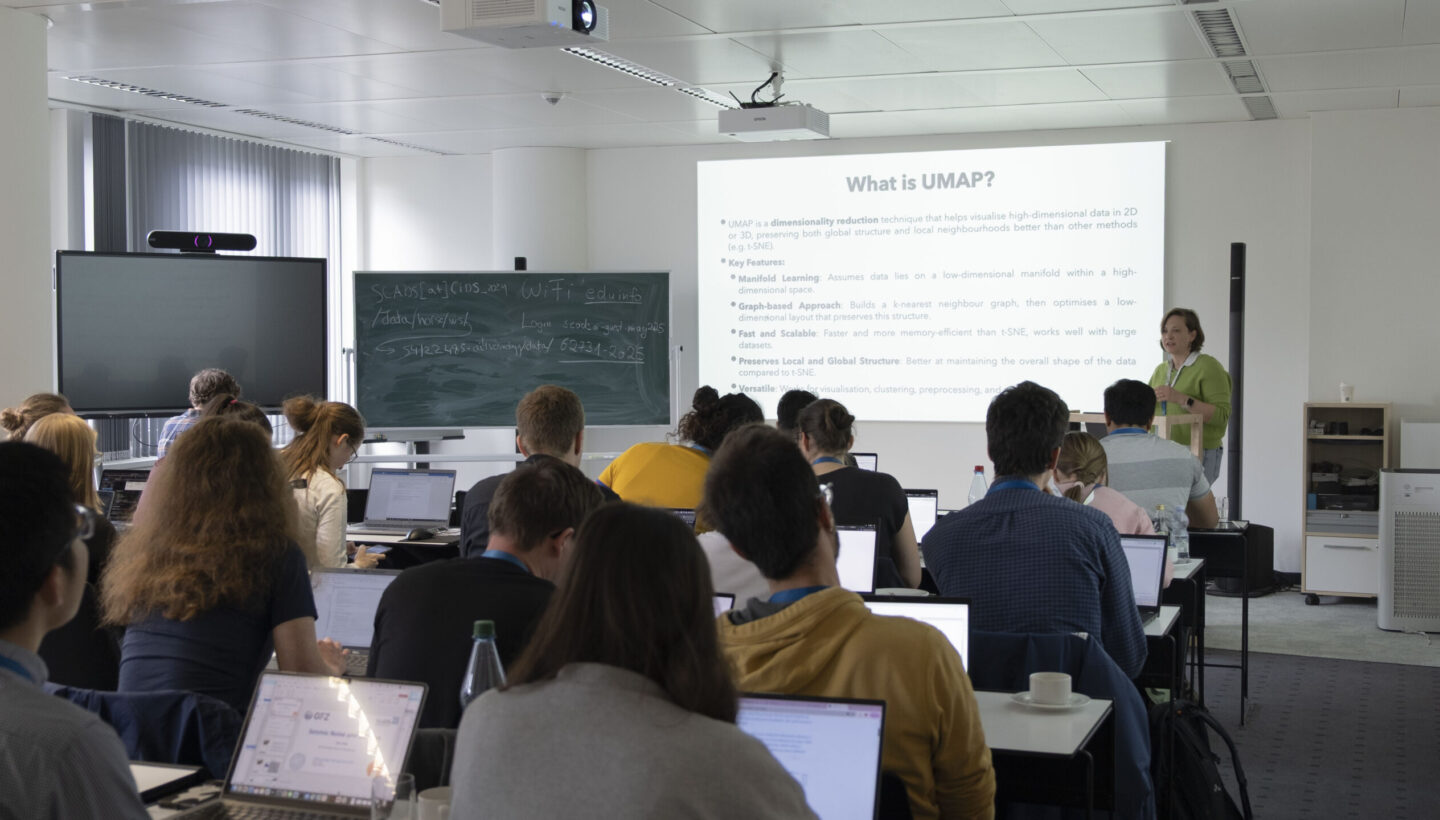
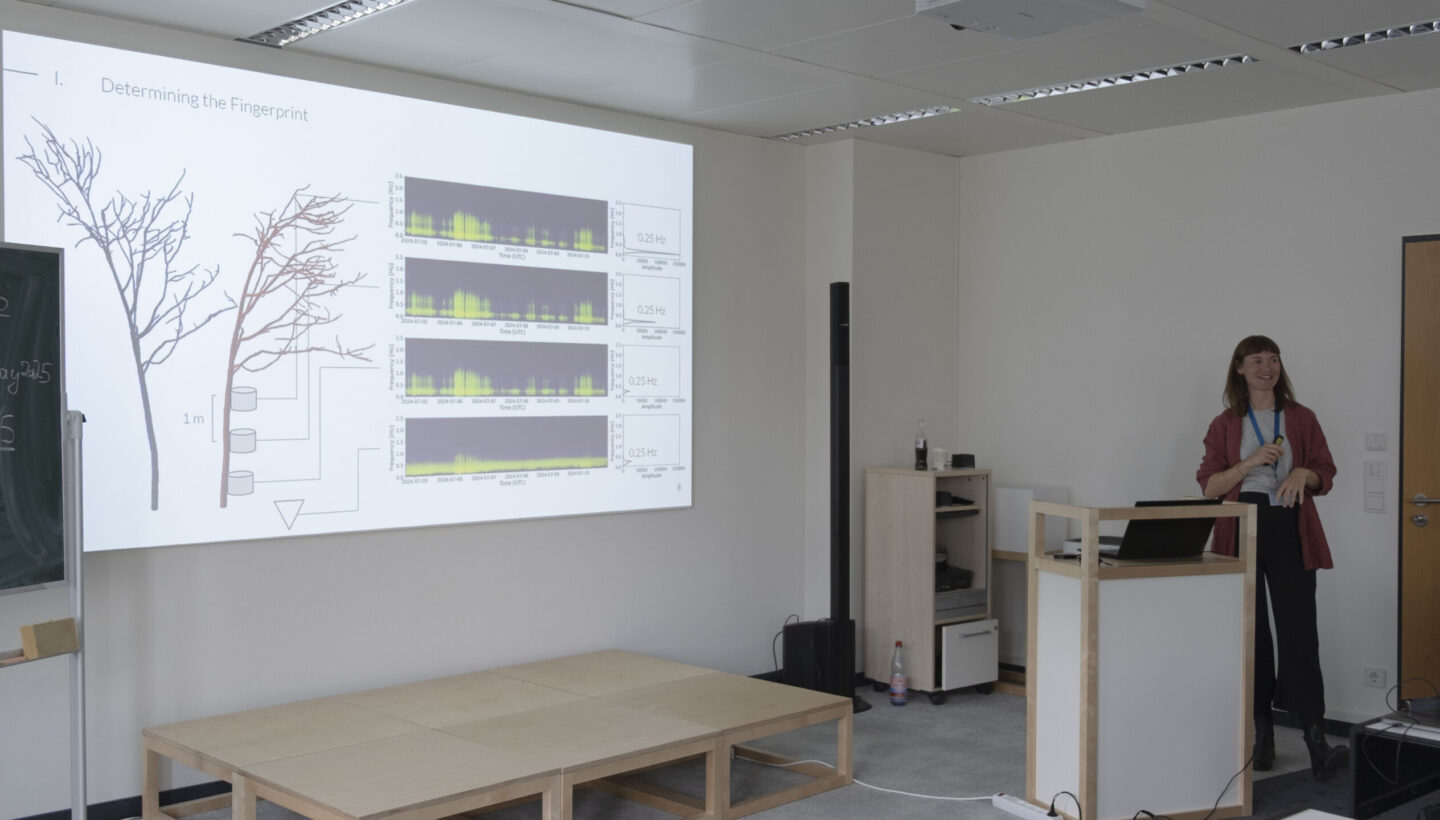
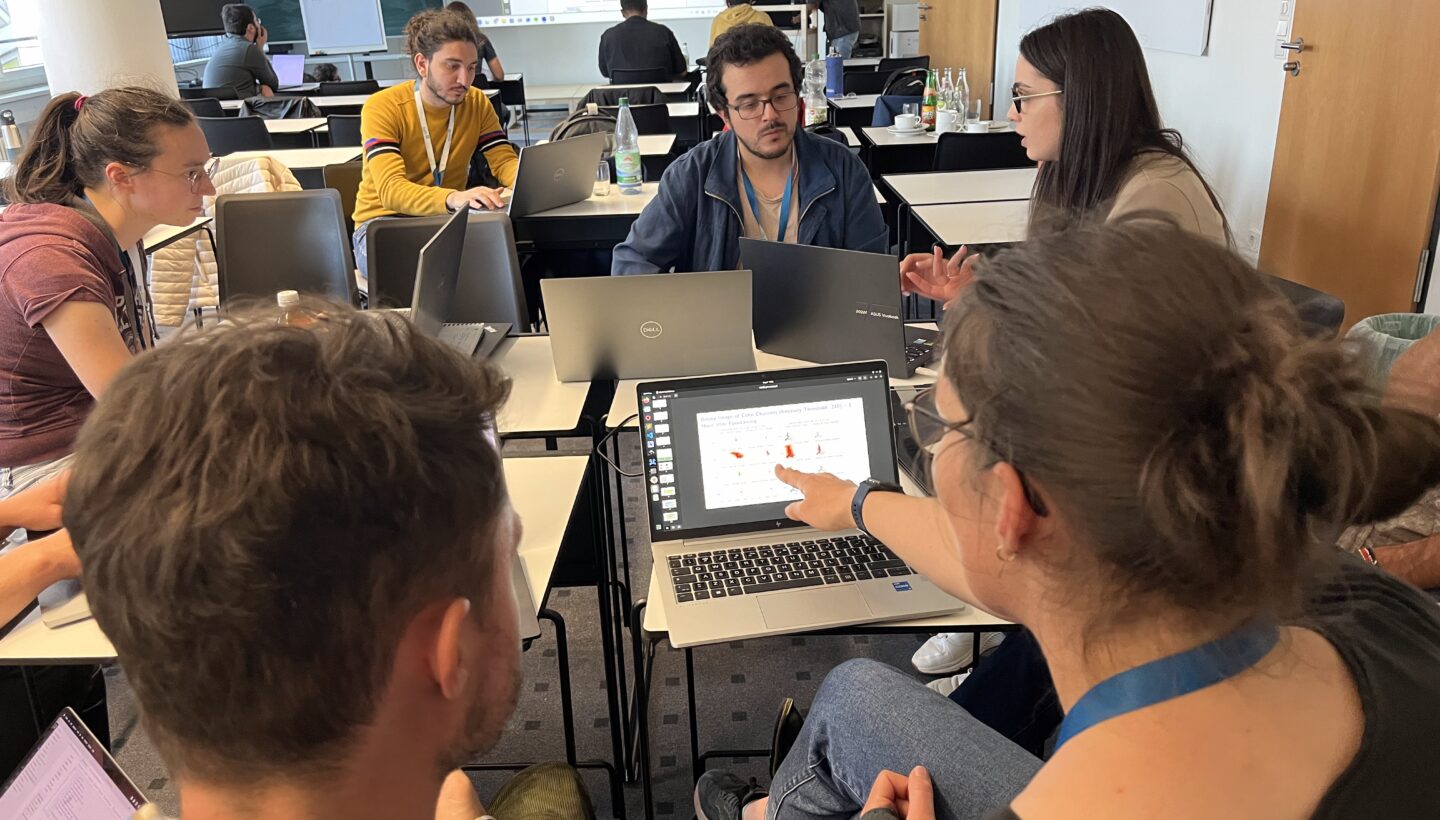
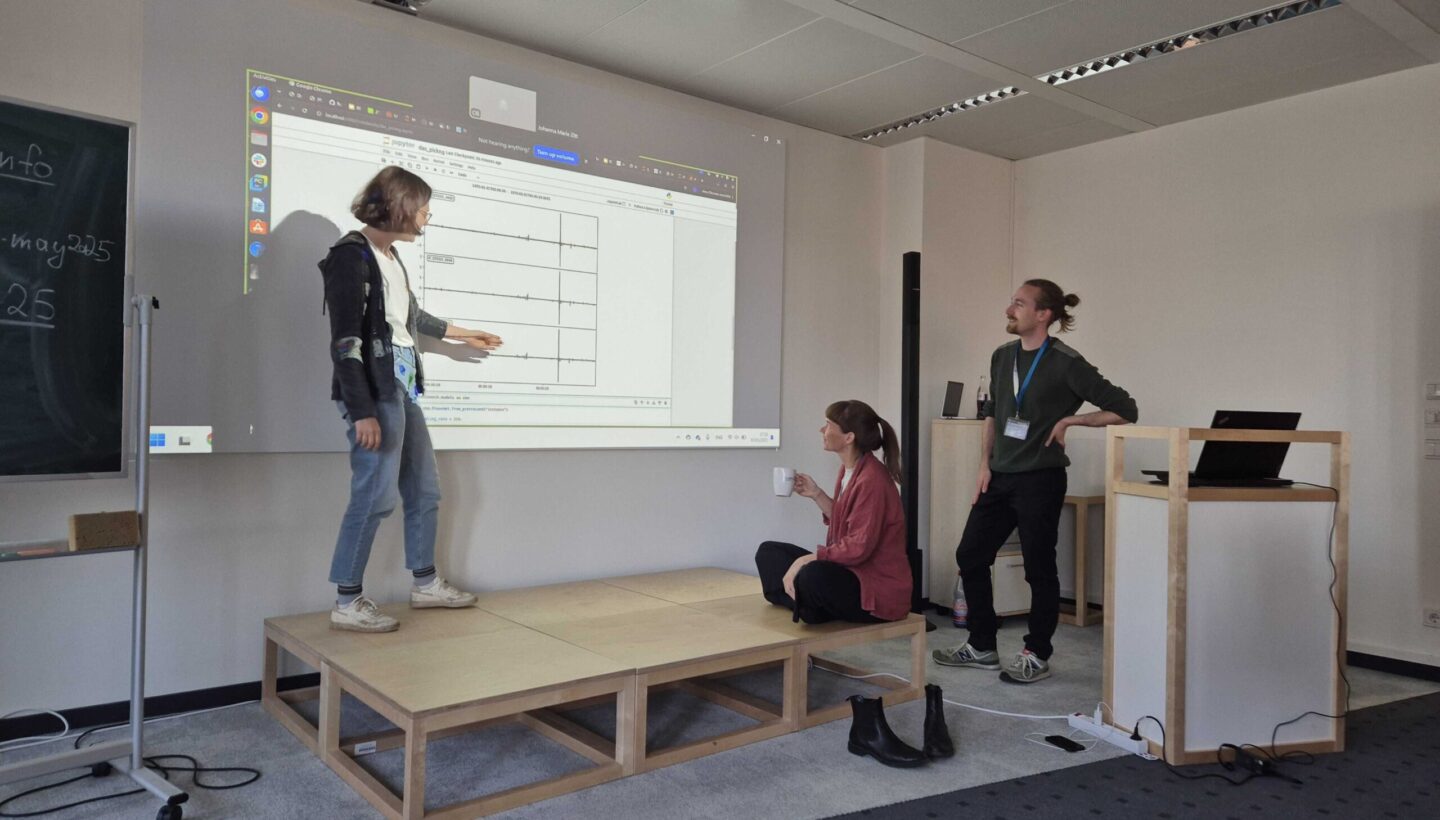
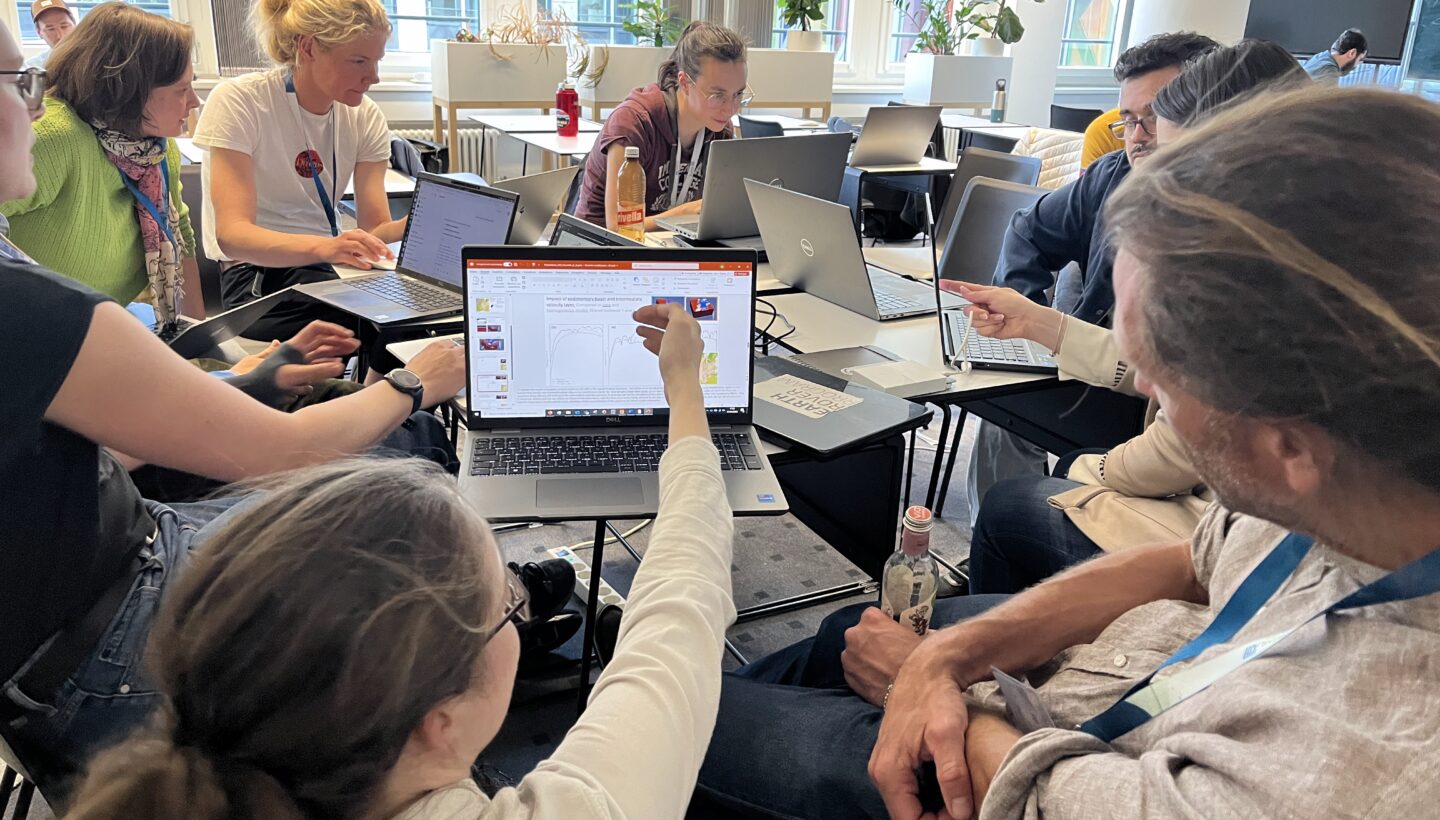
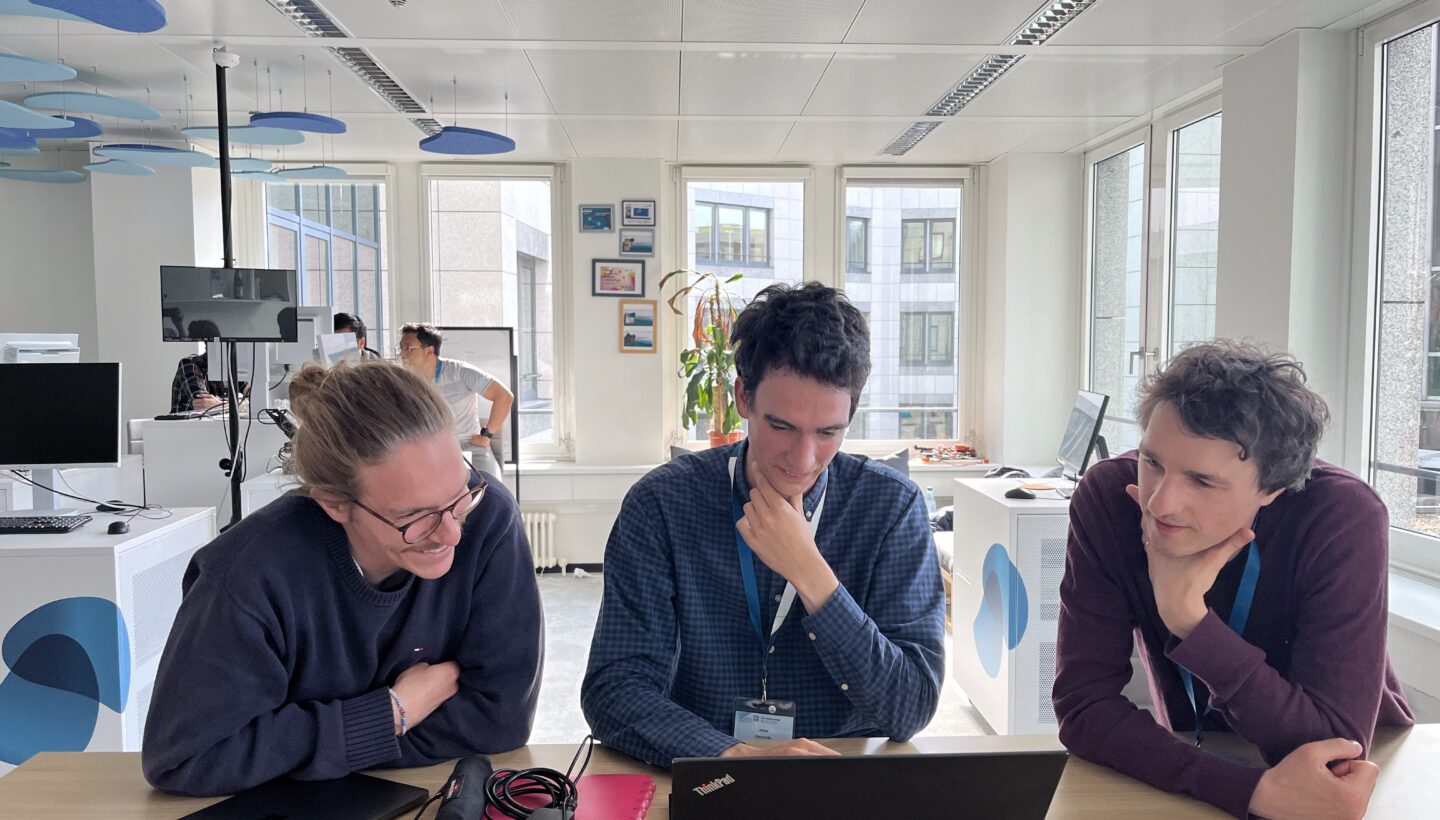
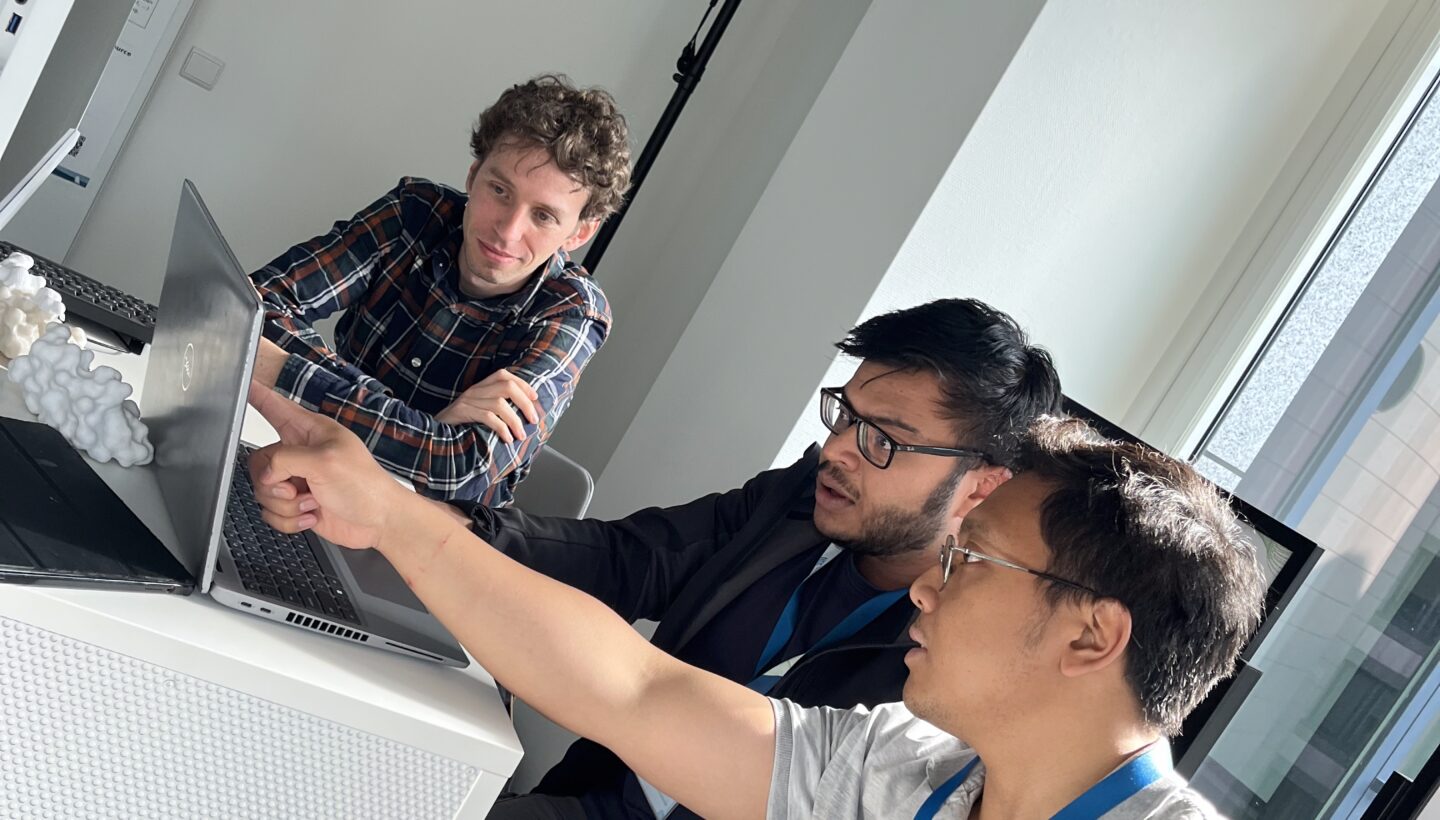
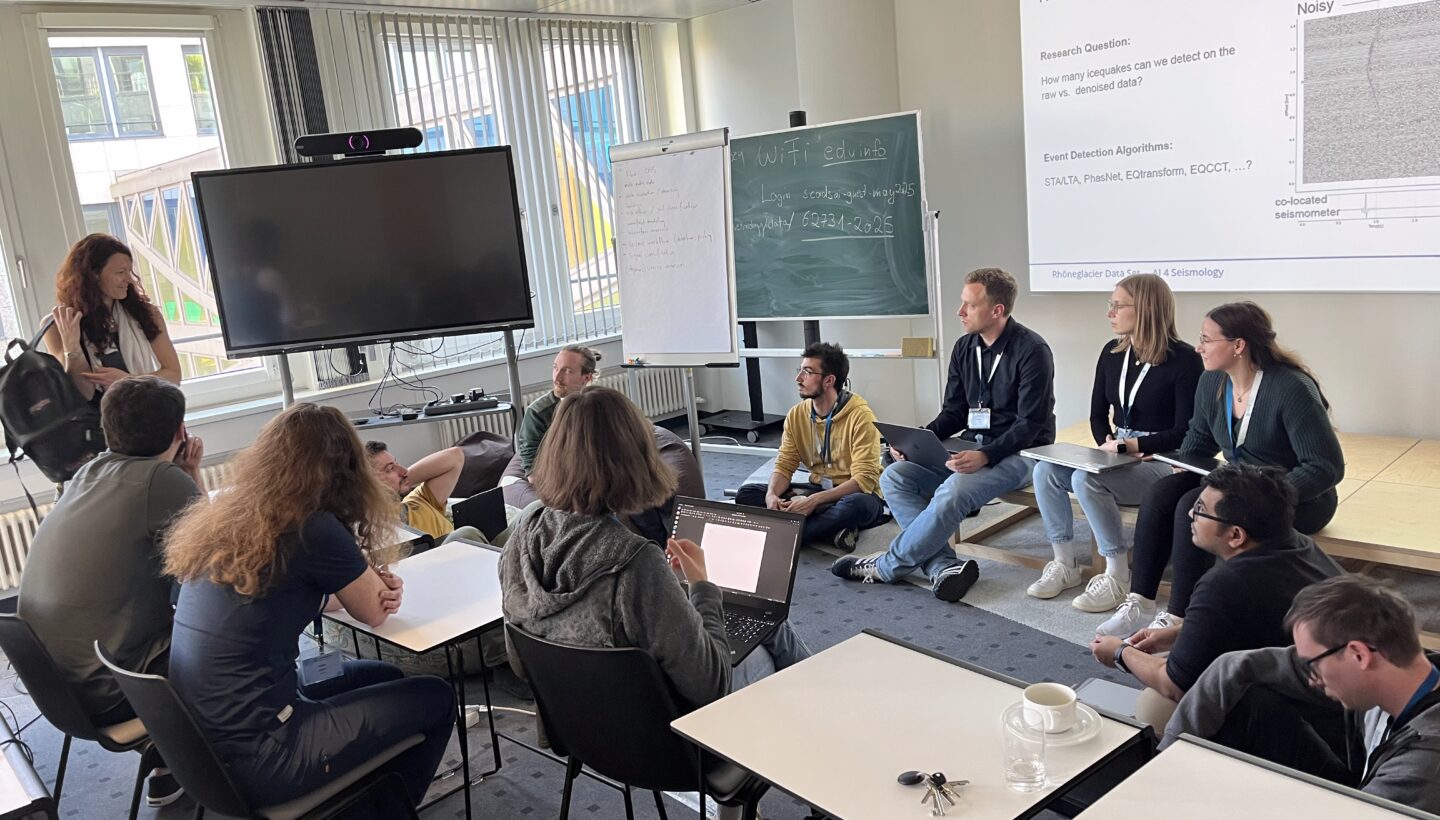
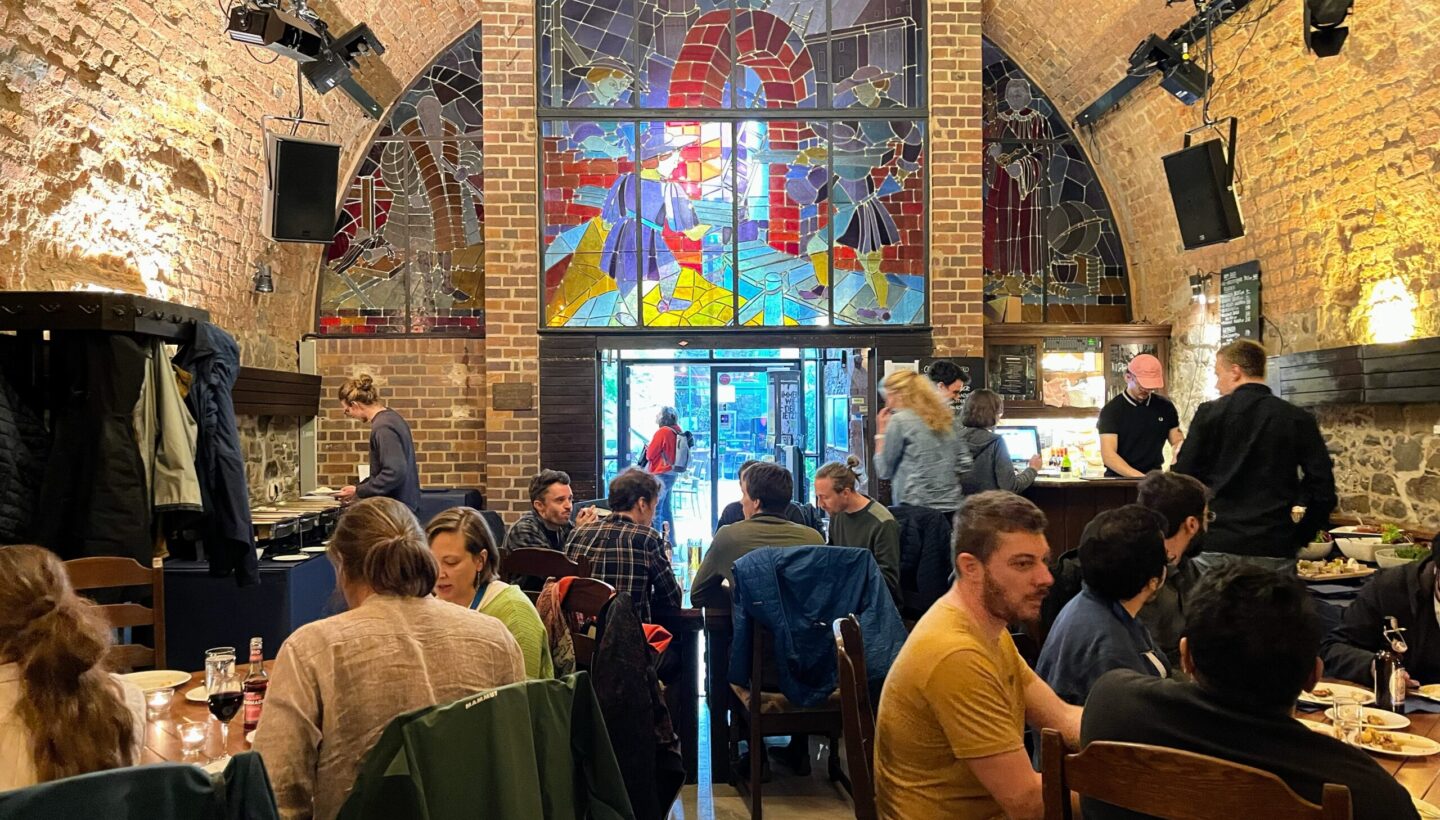
Thursday: Scaling Up and Managing Data
Overall, the final training day was dedicated to data and software management, as well as optimizing workflows. Elias Werner, Dr. Christoph Lehmann and Dr. Siavash Ghiasvand (ScaDS.AI Dresden) introduced the concept of High Performance Computing, teaching advanced strategies for data management and software development in the open-source realm.
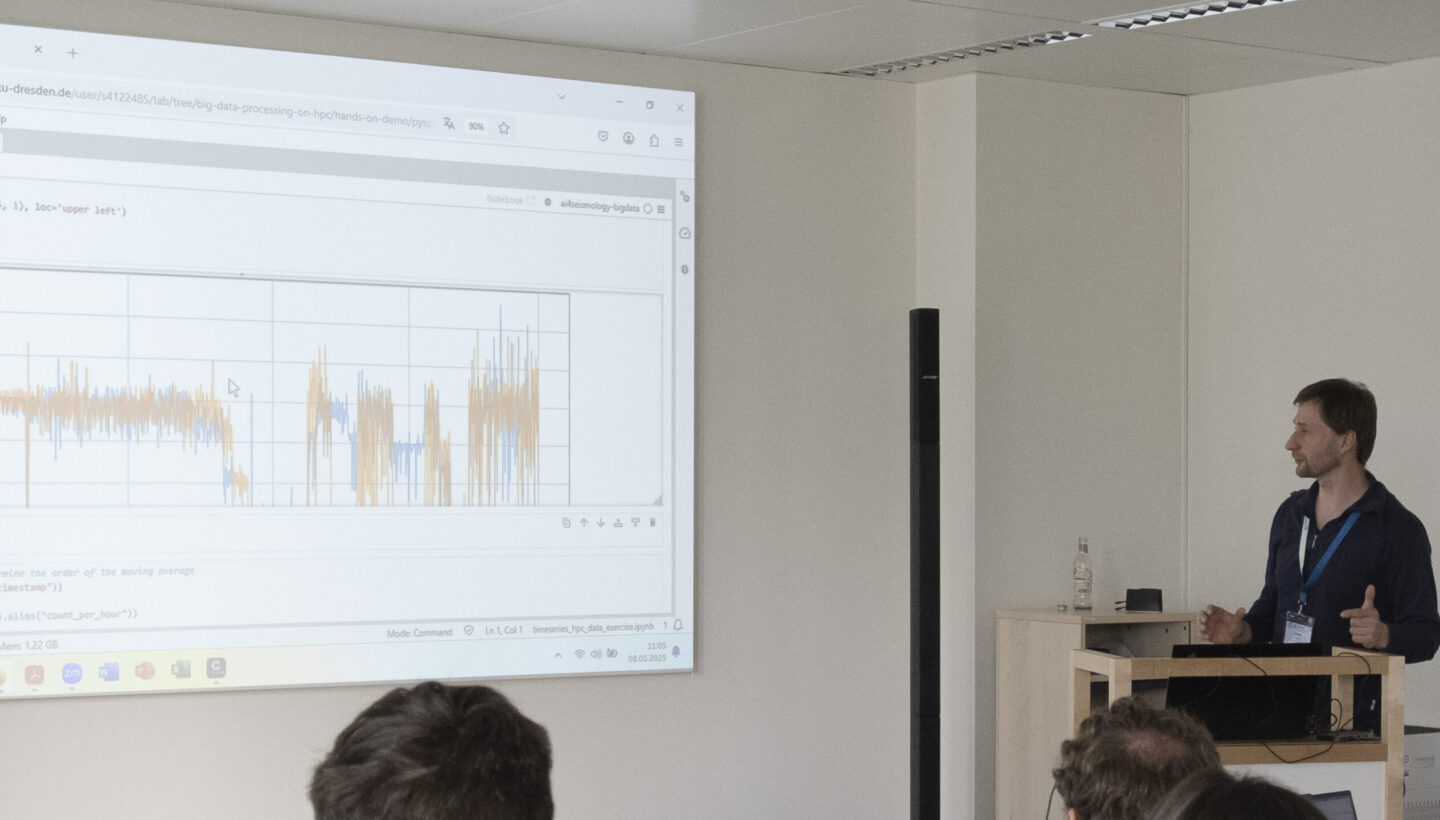
These tools are key for turning vast quantities of raw seismic data into meaningful insights. With expert guidance on both theory and practical application, attendees left with a sharpened ability to design research processes that are both efficient and scalable.
Finally, Dr. Robert Haase (ScaDS.AI Leipzig) straightened up everyone’s knowledge and awareness on licensing and open source.
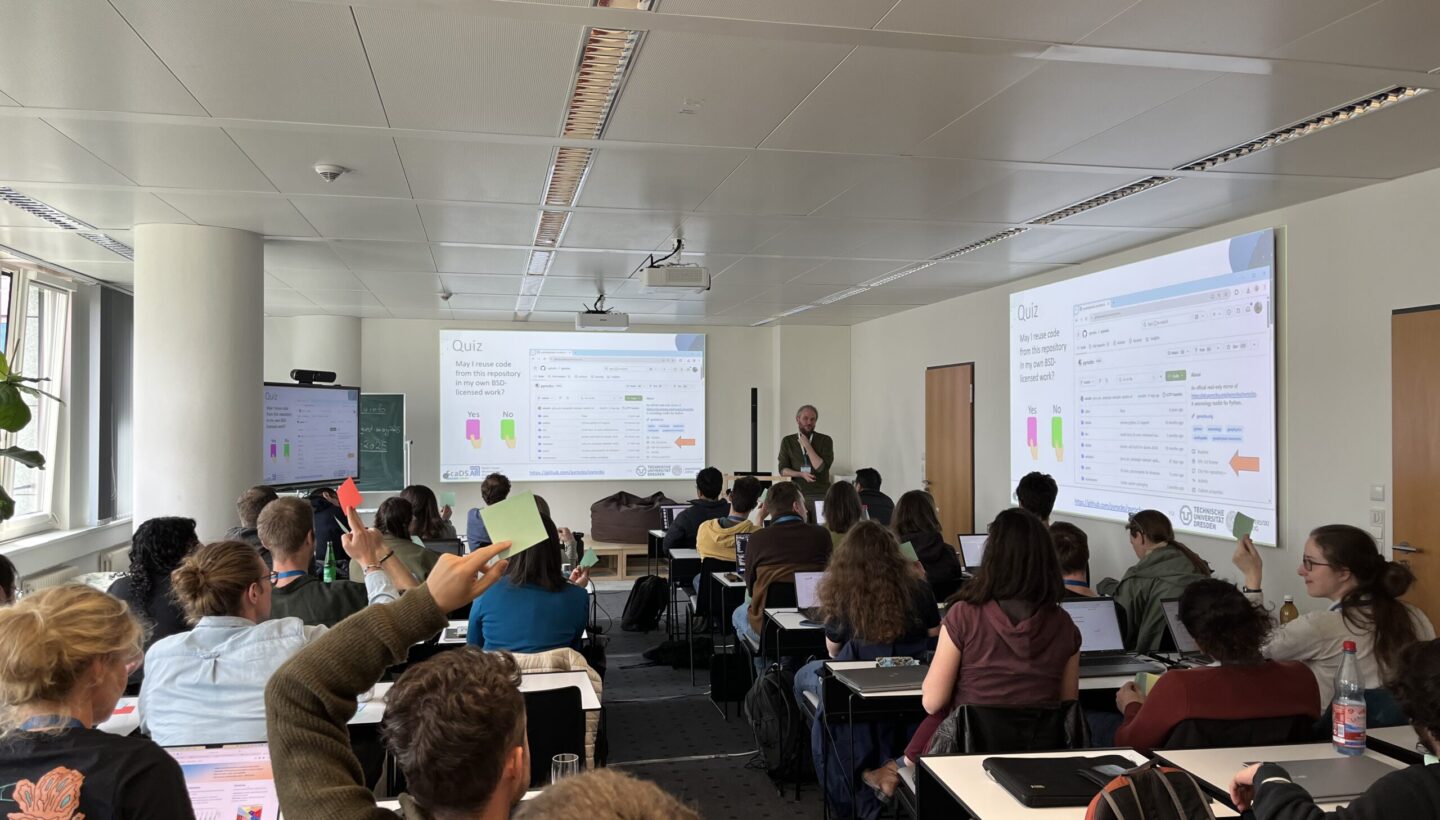
Looking Forward
As the Training School “AI4Seismology” concludes, its lasting impact continues to reverberate throughout the research community. Indeed, participants hopefully return to their projects with renewed inspiration and actionable strategies to lift data processing and predictive modeling towards a better understanding of our deep Earth’s interior and surface. Moreover, the collaborations and networks forged over these four days promise to drive groundbreaking research into the future.
